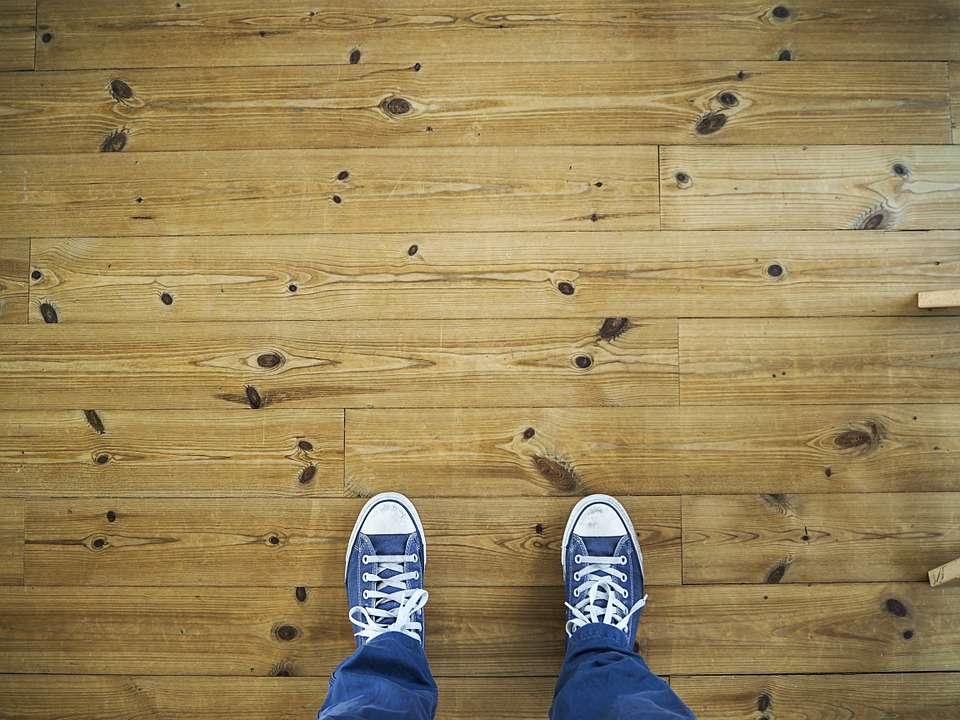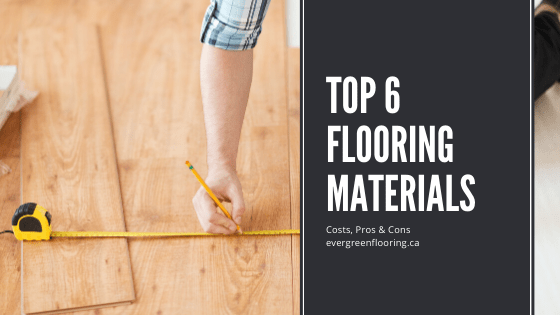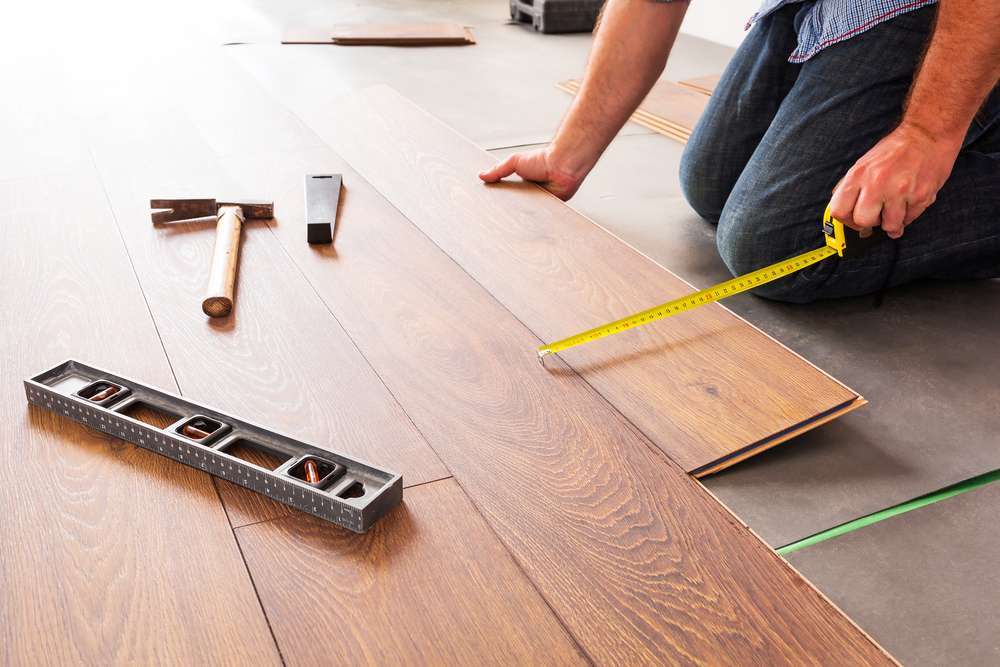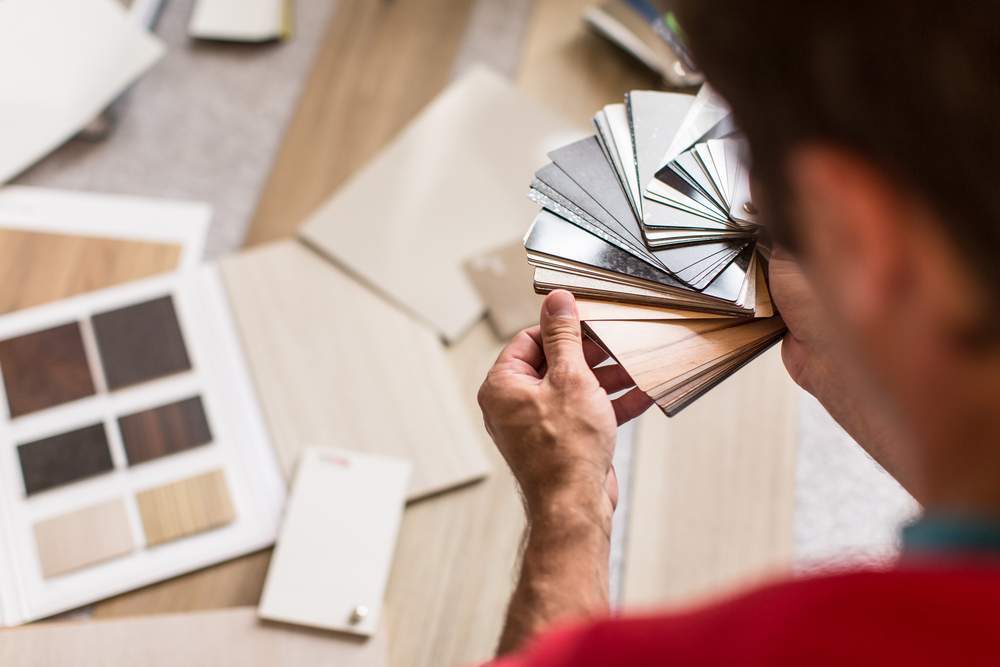About The Blog
Discover the art of transforming your living space as we delve into the world of expert floor installations. Whether you’re considering a stunning hardwood upgrade, exploring the latest trends in luxury vinyl, or seeking the perfect tile for your kitchen, we’ve got you covered. In this blog, we’ll guide you through the fascinating journey of floor installation, from selecting the ideal materials to witnessing the magic of professional craftsmanship. Join us as we uncover the secrets to enhancing your home’s beauty, one step at a time.
Recent Posts
- Commercial vs. Residential Flooring: Key Differences to Know
- Best Flooring Options for High Traffic Areas in Homes and Buinesses
- Commercial Vinyl Flooring
- Vinyl plank installers ensure flawless installation. Transform your space today.
- Mastering Flooring Excellence: A Guide to Floor Contractors and Installation









